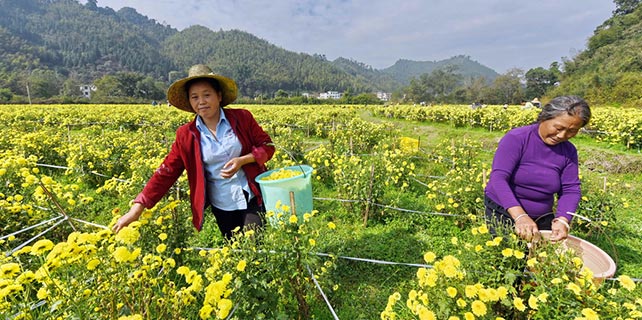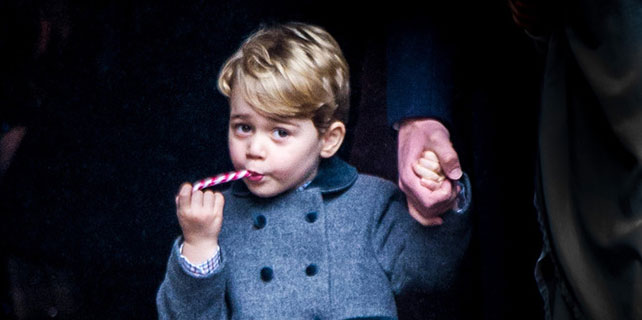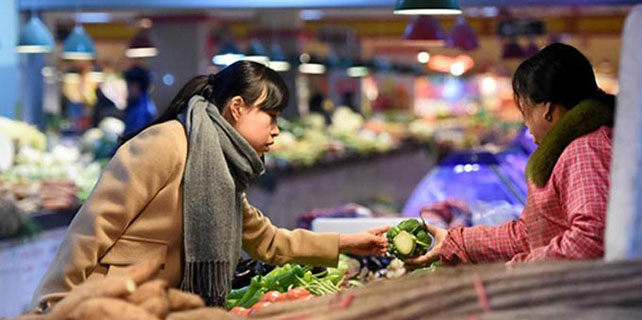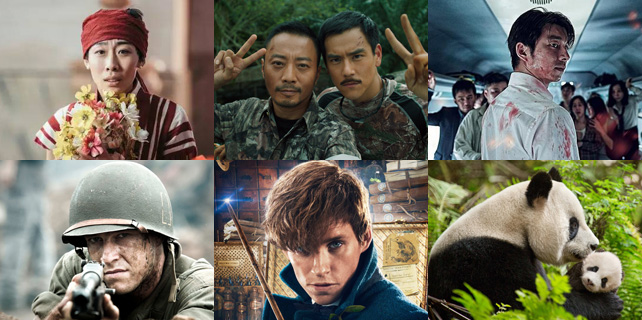Artworks capture struggles of Red Army in Long March
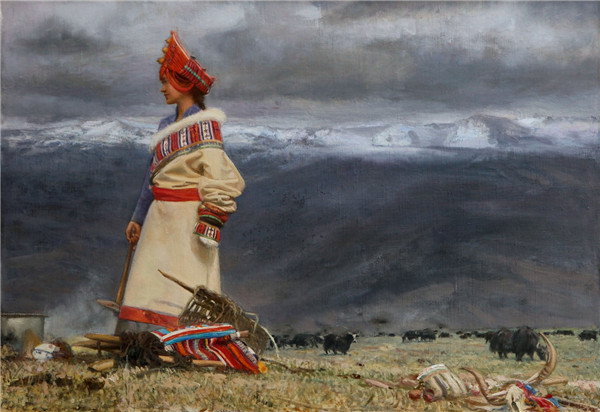 |
|
New Life on the Long March, oil on canvas by Hu Jiancheng. [Photo provided to China Daily] |
It provides viewers novel perspectives and experiences to reflect what Red Army soldiers endured to realize their revolutionary ideals.
Red Army's Recipes feature eight main categories of food that sustained the life of soldiers: grass roots, tree bark, wild herbs, wild fruits, fungus, leather belts, highland barley and little meat.
"Lack of food was, of course, most difficult for the Red Army when trekking on the plateau. They relied heavily on grass roots and chewing tree bark helped to ease their desire to eat," says Zhang. "Many died of poisonous wild herbs, fruits and fungus."
He says the Red Army bought highland barley from local Tibetans and lamas, and after they ran out of money, they left debt notes for loans of grains that are preserved today at local museums.
He says his team tried to cook food in the wild as the Red Army did. The rice couldn't be cooked well because of the terrible weather and atmospheric pressure in high-altitude areas.
"I tried a kind of carrot that Red Army soldiers once picked to eat. Within seconds, I felt great pain in my throat. Local Tibetans say only pigs eat the carrots," he says.
"These paintings are not regular still lifes produced in classrooms. We intend to recall those memorable, extraordinary years."
Fan Di'an, president of the CAFA, says the exhibition is also relevant to the present and the future, and the spirit of Long March as a core of national morale should rally generations of artists.
The exhibition therefore incorporates a cross-disciplinary perspective.







